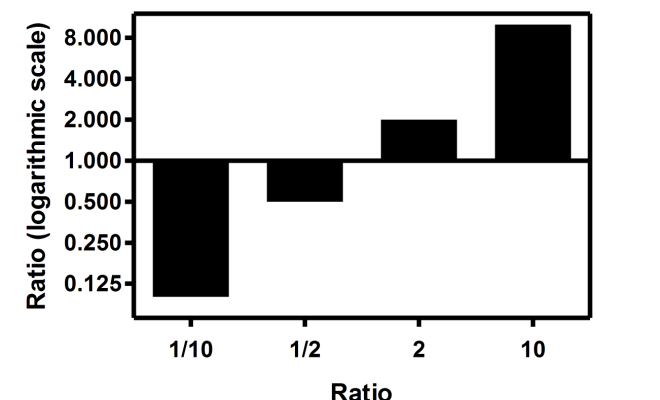How to calculate level of significance

Introduction
The level of significance is a critical concept in the field of statistics and hypothesis testing. It is used to determine the strength of the evidence against a null hypothesis and ascertain if an observed difference between two groups is merely due to random chance, or if it is statistically significant. In this article, we will delve into a step-by-step guide on calculating the level of significance in statistical hypothesis testing.
Understanding Hypothesis Testing
Before we begin calculating the level of significance, it’s essential to understand what hypothesis testing is. Hypothesis testing is a statistical method used to test the validity of a claim or statement about a population parameter, using sample data. The process involves formulating two opposing hypotheses – the null hypothesis (H0) and the alternative hypothesis (H1). The null hypothesis usually states that there is no significant difference between the groups under consideration, while the alternative hypothesis claims otherwise.
Steps to Calculate Level of Significance
1. Determine your null and alternative hypotheses.
Begin by identifying your research question’s null and alternative hypotheses. As mentioned earlier, these two are opposite assertions about a population parameter.
2. Choose a significance level (alpha).
Decide on a level of significance (denoted as α), which refers to the probability threshold below which you’ll reject the null hypothesis. The most common choices for alpha are 0.05 (5%), 0.01 (1%), and 0.001 (0.1%). A smaller alpha indicates stronger evidence against the null hypothesis.
3. Select an appropriate test statistic.
Based on your data type and research question, select an appropriate test statistic (e.g., z-score, t-score, F-statistic) that will be used to either accept or reject your null hypothesis.
4. Collect sample data.
Collect sample data from your study groups and ensure that your samples are representative of the respective populations.
5. Calculate your test statistic.
Using the selected test and sample data, calculate the test statistic by following the relevant formulas. For instance, in a t-test comparing sample means, you need to calculate the t-score.
6. Determine your critical value(s).
Find the critical value(s) for your selected test statistic by referring to the appropriate statistical table (e.g., z-table, t-table) or using a statistical software program. The critical value is compared to your calculated test statistic to decide whether to reject the null hypothesis.
7. Compare test statistic and critical value(s).
Compare your calculated test statistic to your critical value(s). Suppose H0 were true—if your test statistic falls within the critical region (determined by the critical values), you should reject the null hypothesis. If it remains outside the critical region, you fail to reject H0.
8. Interpret the p-value.
The p-value represents the probability of obtaining results as extreme or more extreme than those observed under an assumed true null hypothesis. If your p-value is less than or equal to alpha, then you reject H0 in favor of H1.
Conclusion
Calculating the level of significance plays a pivotal role in determining whether an observed result can be considered credible or not in statistics. By following this comprehensive guide, you’ll understand how to calculate and interpret levels of significance when conducting statistical hypothesis tests, ensuring that you make well-informed decisions based on data-driven evidence.






